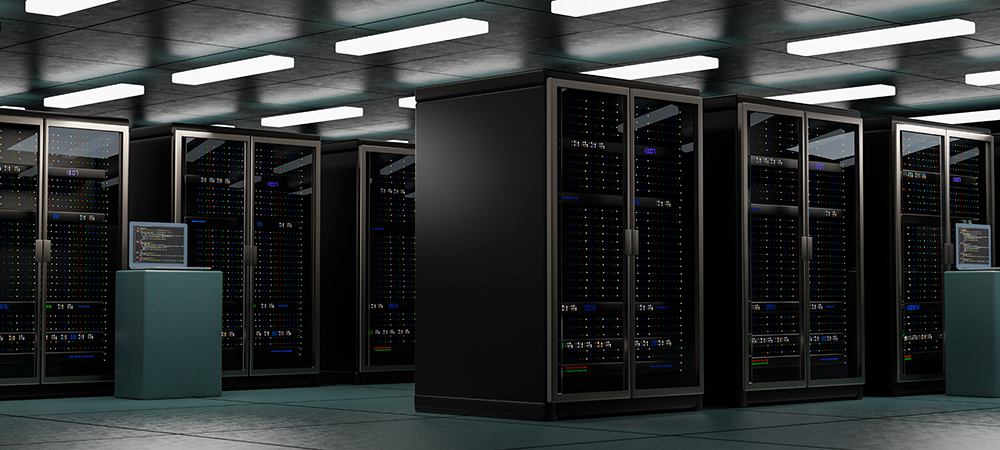Vertiv, a global provider of critical digital infrastructure and continuity solutions, has launched the Vertiv SmartCabinet 2M, a self-contained micro data centre designed for Edge Computing applications.
The product was born largely out of demand from warehousing, education, government and retail customers who were looking for smaller, more eco-friendly micro data centres. Vertiv SmartCabinet 2M is available now across Asia, including Australia and New Zealand.
The SmartCabinet 2M leverages Vertiv’s original SmartCabinet strategy of providing a complete data centre in a compact and easily installed package, but with less capacity, shorter rack and less depth, meeting the requirements of smaller edge sites. The enclosed system has a locking door, 1500W of cooling and 17U of usable IT space. It also includes the Vertiv Liebert GXT5 Uninterruptible Power Supply System (UPS) and a power management unit.
“Over the past two years, we’ve seen accelerated growth at the Edge, owing to remote or hybrid work and the changing demand for various IT applications,” said Andy Liu, director for integrated rack solutions at Vertiv Southeast Asia and Australia, New Zealand. “Today, flexibility and standardisation of data centres have become critical, as well as the need for robust resiliency. The smaller yet powerful SmartCabinet 2M can fit into even the most unconventional of edge spaces owing to its small footprint, allowing organisations to easily expand their IT compute when and where needed.”
“A number of our A/NZ customers essentially said: ‘we love the Vertiv SmartCabinet product, but we don’t have a lot of equipment. Can you give us something smaller?’ So we did,” said Faraz Ali, IT Channel Market Business Manager, Vertiv. “It was incredible to see that demand spark our global engineering team to get behind the idea and create a new, even more efficient generation of micro data centres.”
Ali said the dual trends of increased virtualisation and cloud use – which limit the need for on-premises IT infrastructure – combined with calls to reduce IT energy consumption, were major drivers. But scrutiny over data sovereignty – data being subject to the laws and governance structures of where it’s collected – and compliance was generating strong demand for this kind of infrastructure in factories, retail outlets, schools and more.
“Most organisations don’t really need full-sized computer rooms anymore, but they can’t put a lot of their sensitive data in the cloud,” Ali said. “The SmartCabinet 2M slots perfectly into that sweet spot in the middle and this new model slots in even more easily by maximising space, functionality and power usage as companies deal with rising energy costs.”



